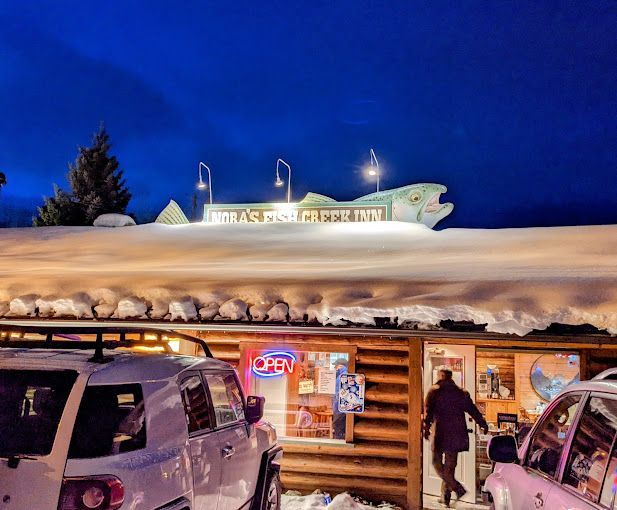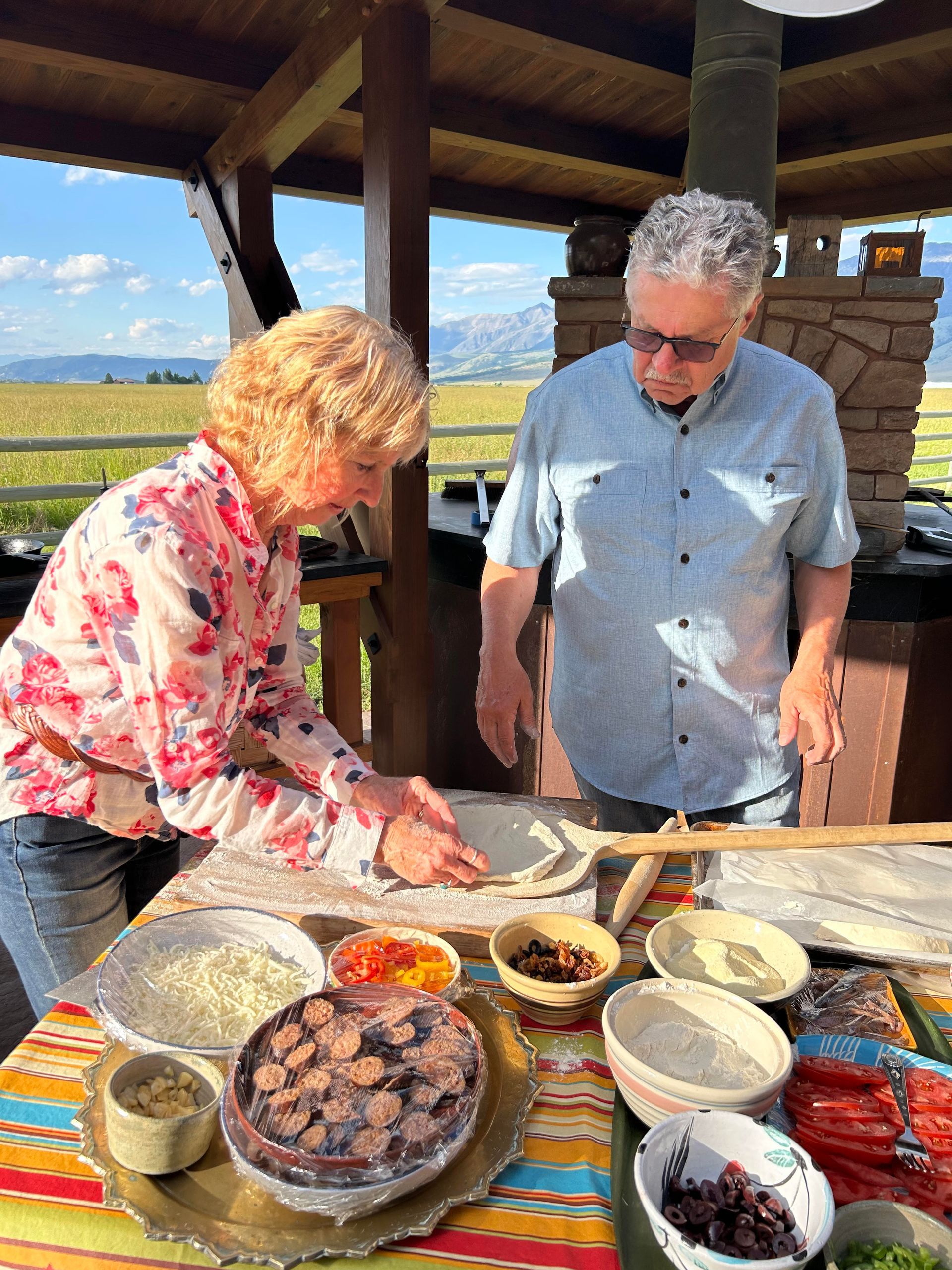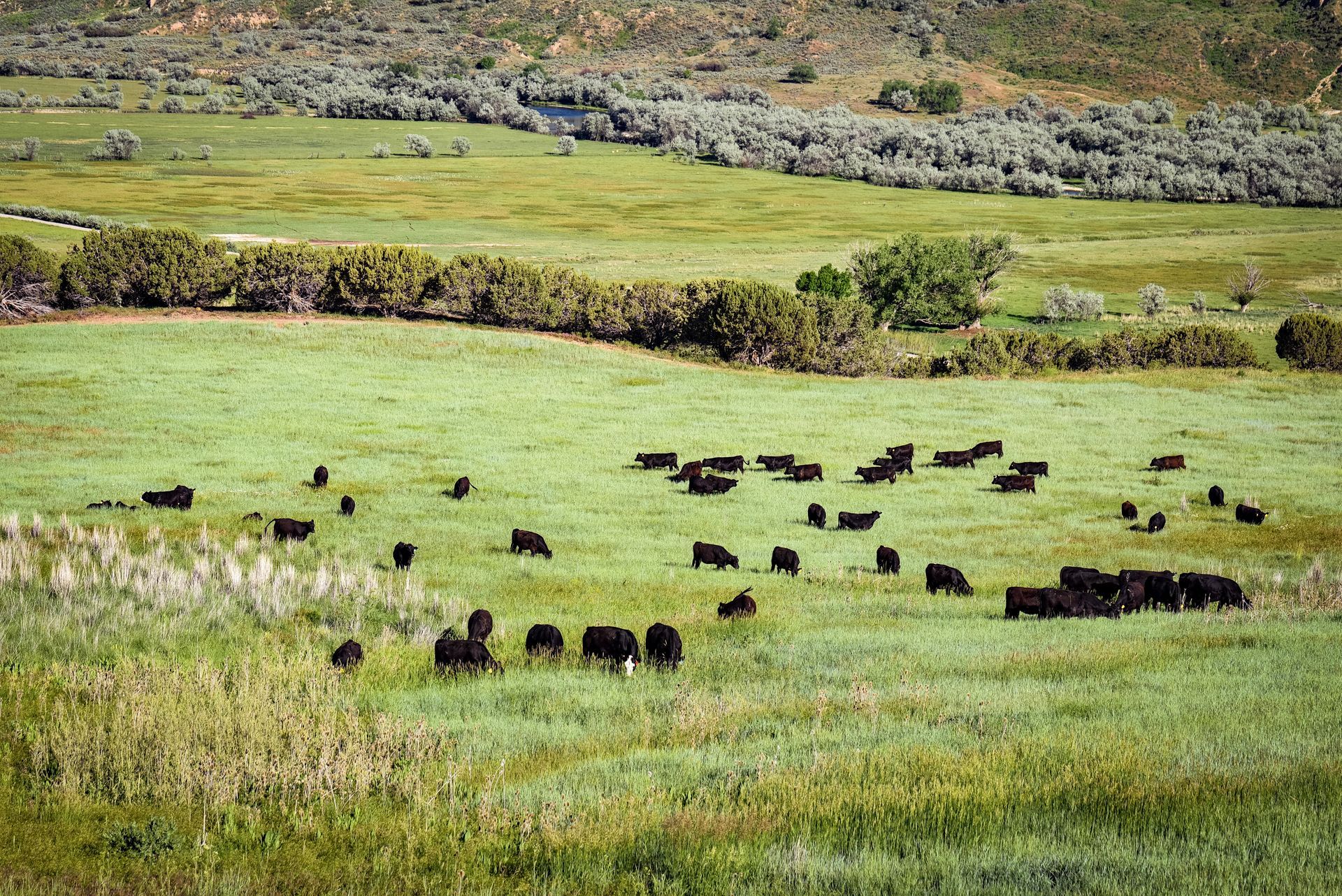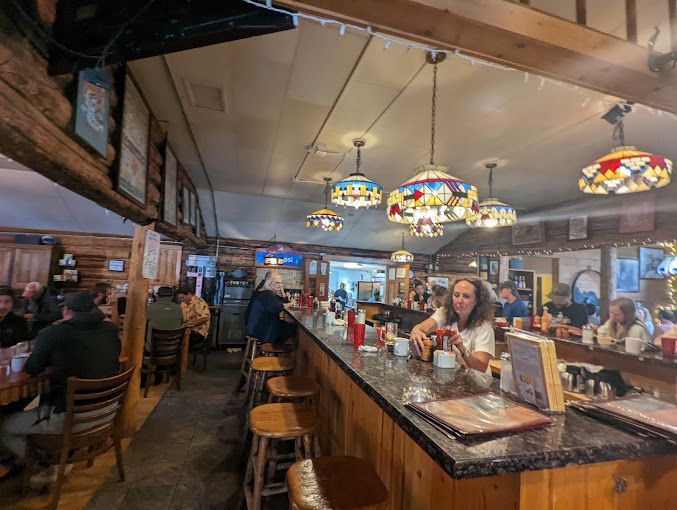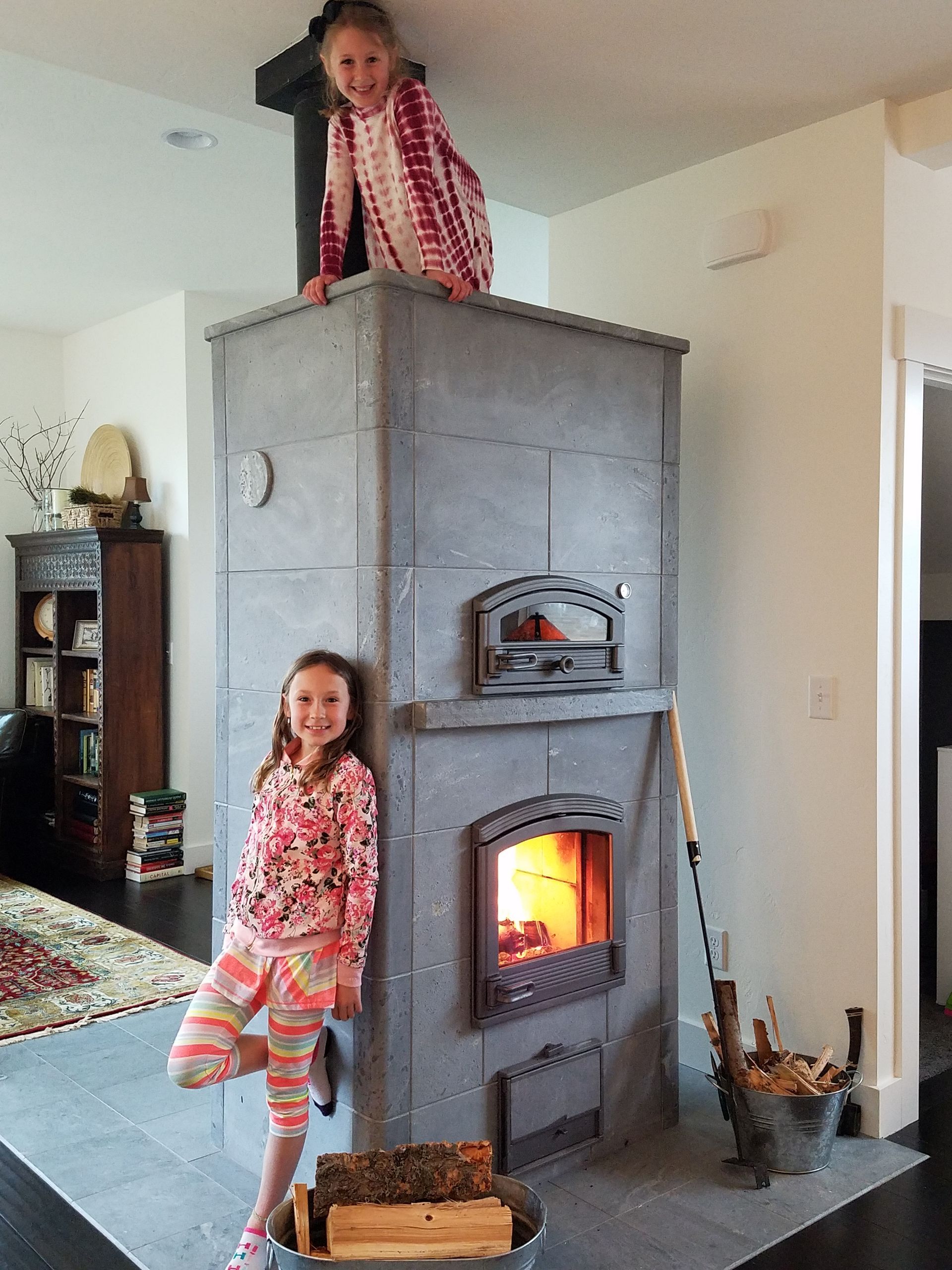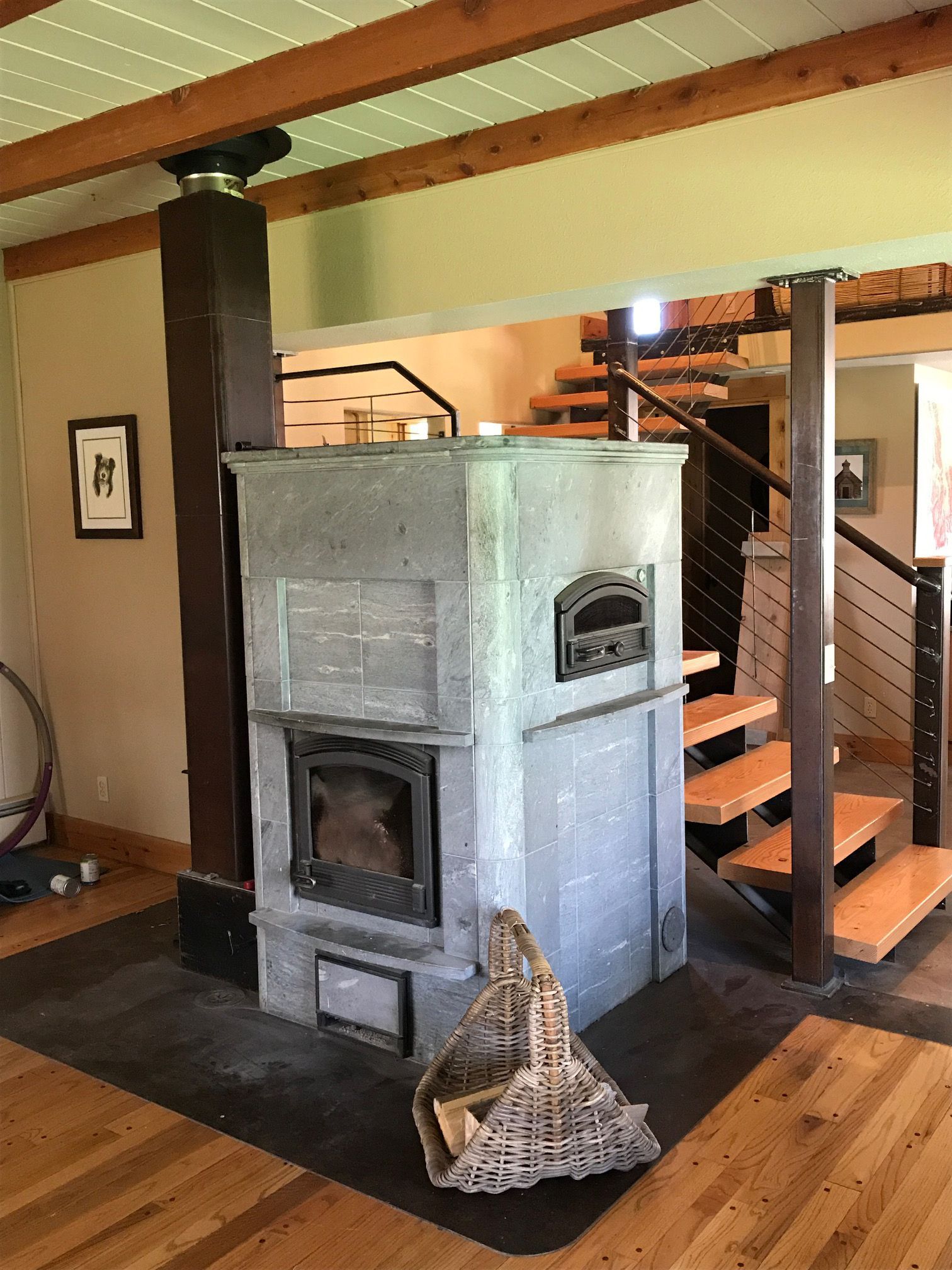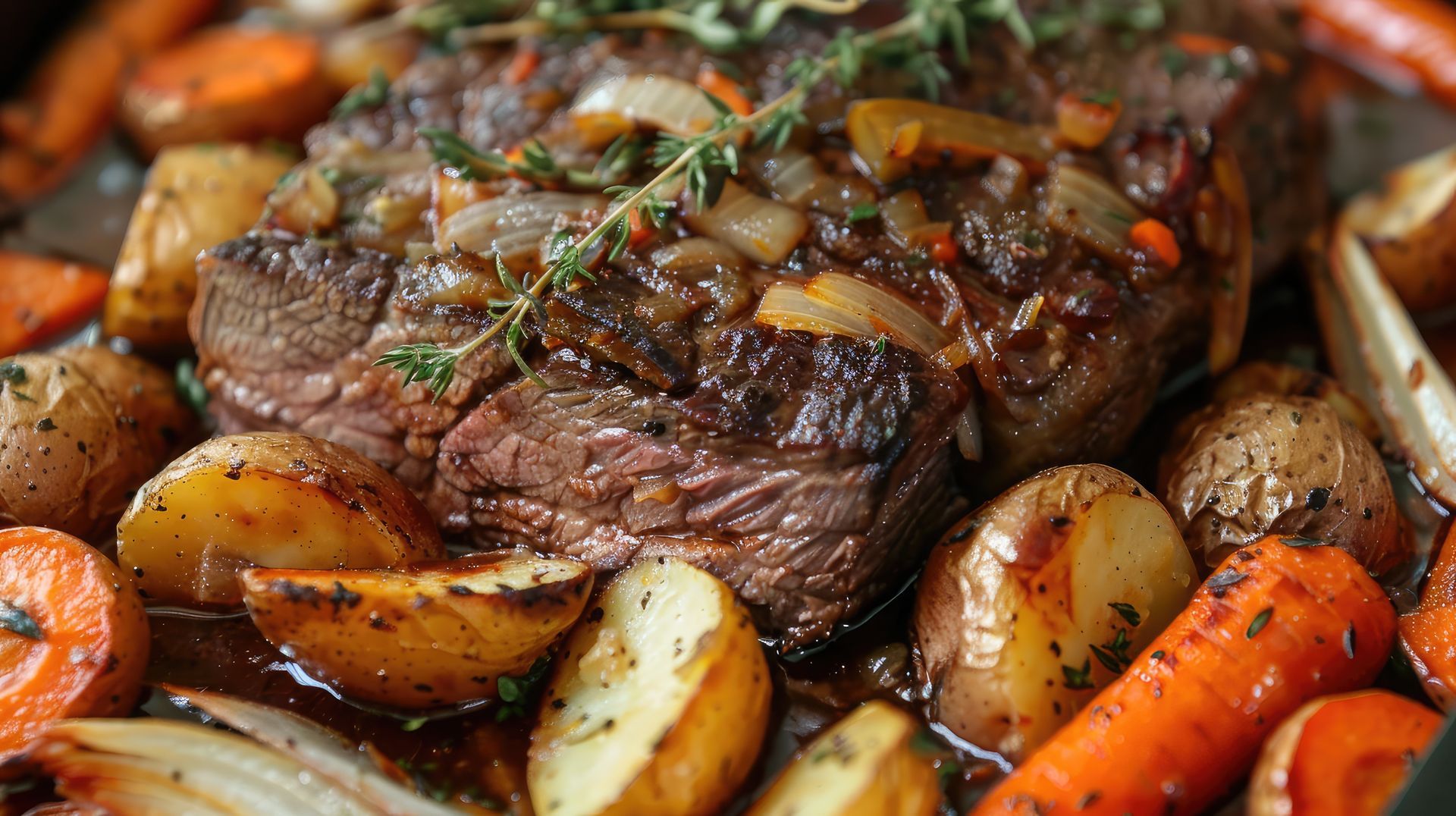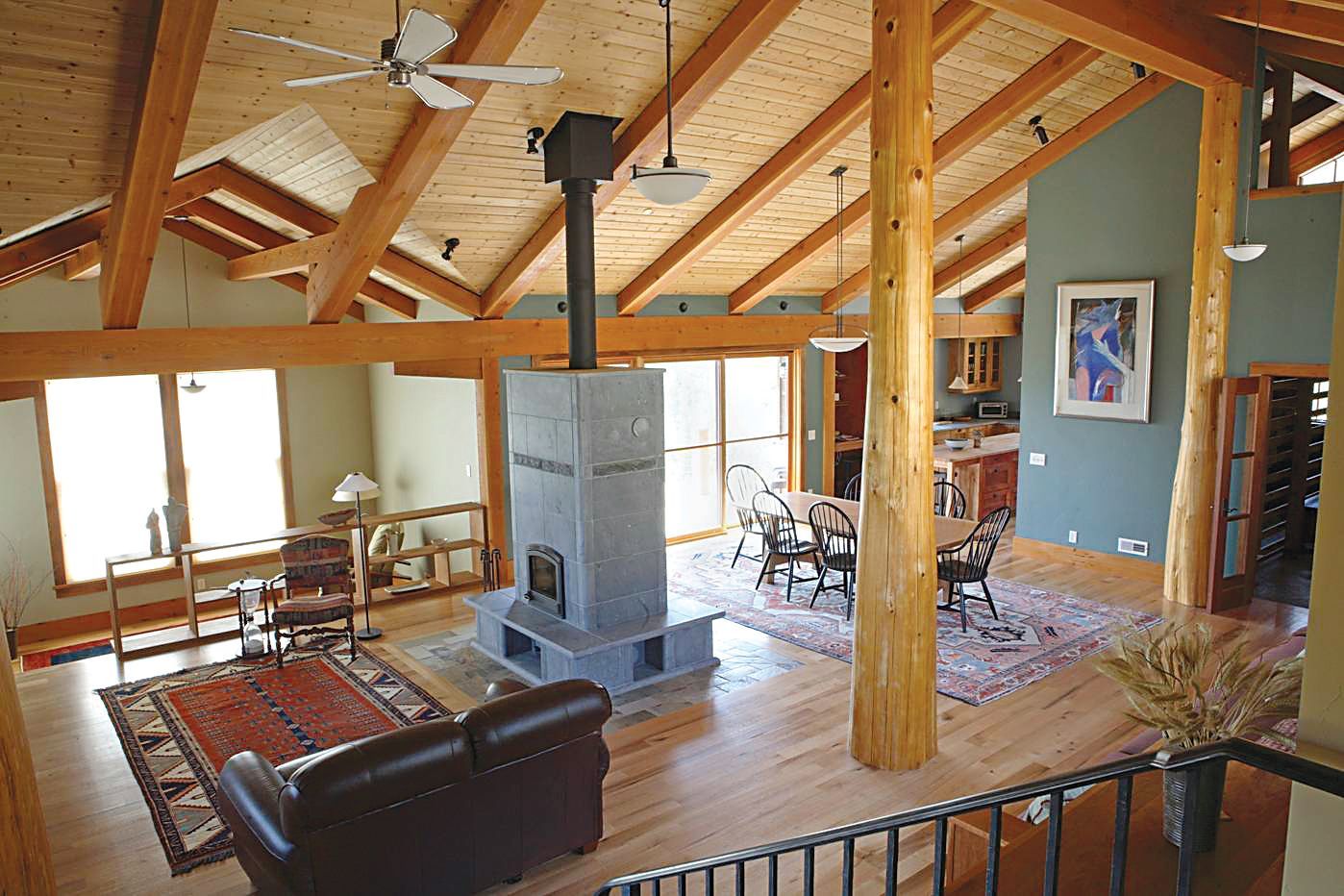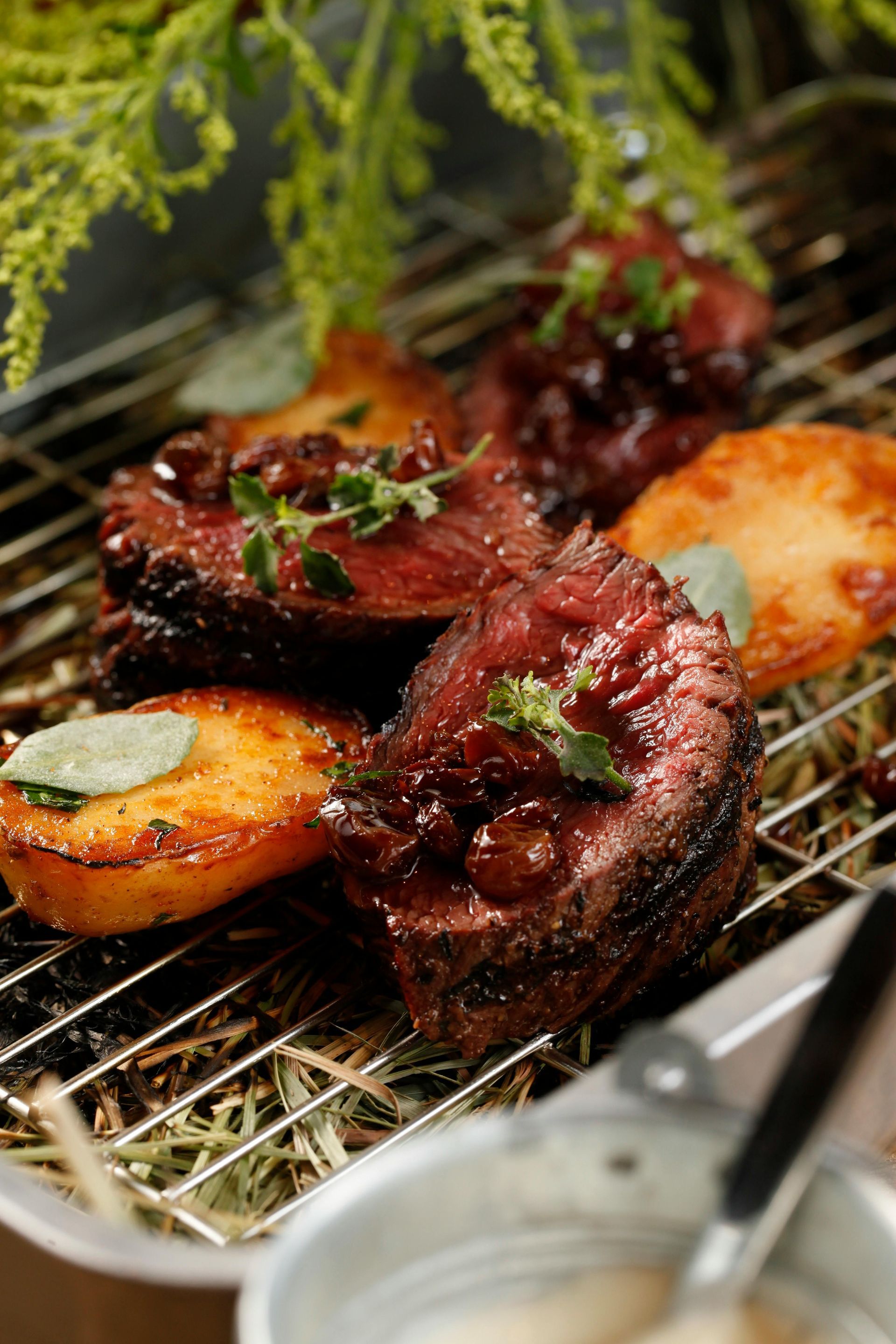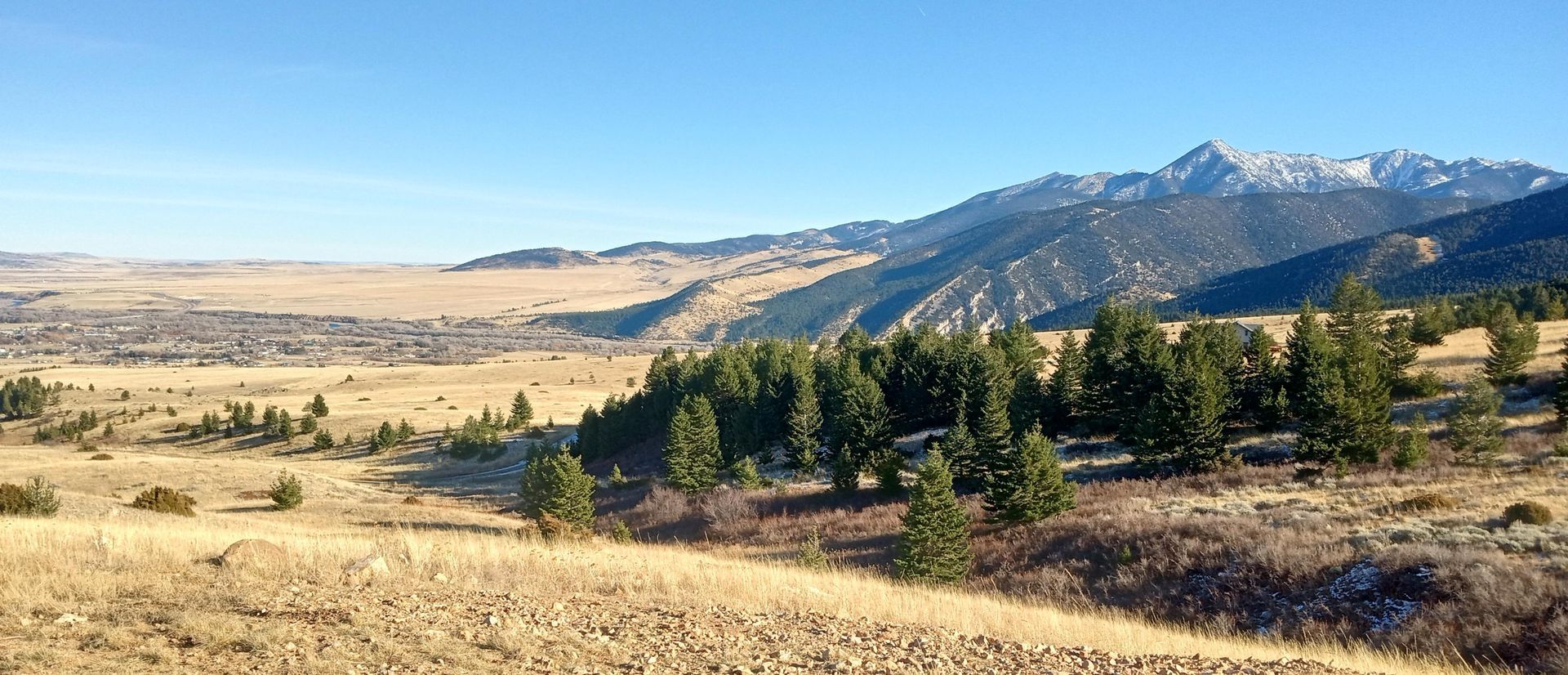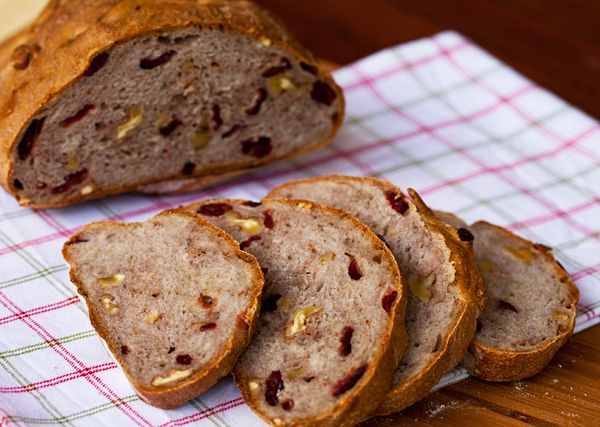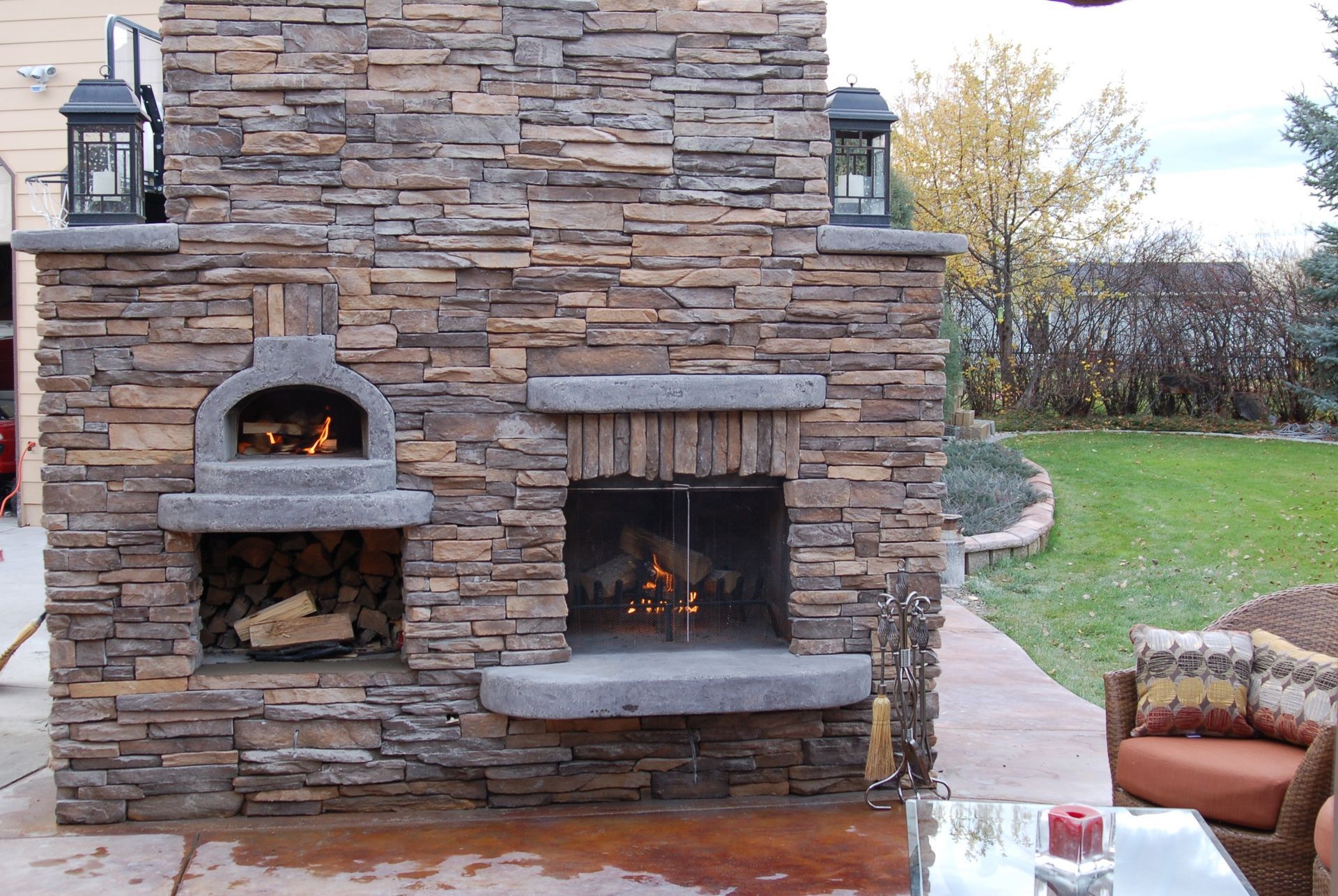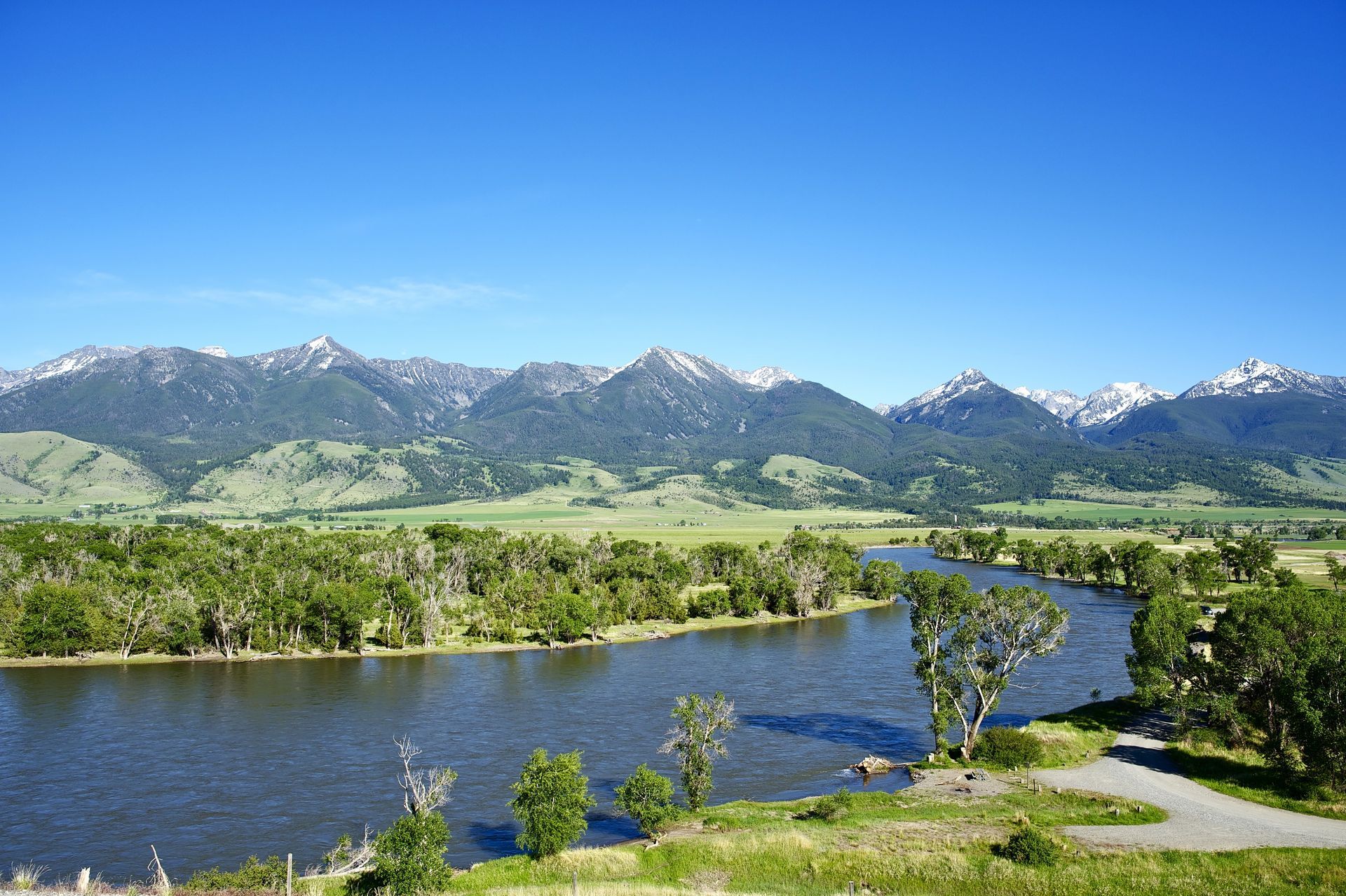Zachary Jones was born and raised on the 24,000-acre Twodot Land and Livestock ranch south of Harlowton, Montana. He was greeted daily by vast prairie grasslands and rolling hills under the Big Sky, peppered with the Black Angus/Hereford cattle that his family raised for five generations.
customer spotlight
TwoDot Land, Harlowton Montana
Zachary Jones was born and raised on the 24,000-acre Twodot Land and Livestock ranch south of Harlowton, Montana. He was greeted daily by vast prairie grasslands and rolling hills under the Big Sky, peppered with the Black Angus/Hereford cattle that his family raised for five generations. Now thirty-eight years old, Zachary’s life and work so far have centered on living and working the land holistically and helping others do the same. Choosing Tulikivi soapstone stoves to provide warmth and comfort for his family fit perfectly with his philosophy.
Zachary moved back to the ranch with his wife, Shannon, after college to take up the reins of management. In 2008 they decided to remodel and build an addition to the ranch house when their first daughter, Scotland, was born. The house—originally, a 400-square-foot Sears and Roebuck house from the early 1900s—was moved to its current site from another homestead on the ranch in 1941. Zachary’s grandparents had added onto the house over the years and with the newest addition, it was now a 3700-square-foot rustic but charming house. Their second daughter, River, joined the family two years later.
“Your fire should be the center of your home. Put the fire where you live and build one fire a day. You don’t see a little kid, wrapped up in a towel, leaning against a propane or natural gas stove in the basement.” It’s true. People are magnetically drawn to fire. When visitors come to the Jones’ door, they immediately go over to the Tulikivi, stare at it, and reach out to touch its soft, inviting warmth. Zachary candidly said, “But who goes downstairs to a furnace? People don’t go tell stories around them.” But they do around a Tulikivi.”
Their First Tulikivi was a TU2490
The couple’s goal was to update their heating system with an aesthetic but working stove. Their research revealed that investing in a Tulikivi “made sense when compared to the cost of a furnace. In twenty-five years it would pay for itself.” So they installed their first Tulikivi, a TU2490, positioning it between the old and new parts of the house, in the middle of its big, open floor plan. Shannon liked the way it served as a transitional element and the girls loved the warmth and comfort of the soapstone stove, clambering up to lay on top of the friendly stove.
Because cottonwood was readily available on their ranch, they burned a mixture of cottonwood and Douglas fir, which worked well. The stove burned very clean and heated the entire house efficiently, except for two back bedrooms.
Though they moved into their new Bozeman home only two months ago, the family has already baked pizzas and beef roasts in the bake oven. They first experienced the joys of a Tulikvi bake oven at the ranch where they baked bread, roasts, stews, and warmed leftovers. But the most thrilling culinary projects were cranking out pizzas for large groups, efficiently baking them in the over 500-degree F oven.
For Zachary, investing in a Tulikivi was a bit like his style of ranching. Guided by his philosophy of patience, he sees the importance and advantages of managing grasslands and cattle patiently—more in tune with how nature would accomplish either. Rather than being driven to make a quicker financial profit, finishing the animals with grain to fatten them up in a little more than a year, the ranch’s cattle only eat grass and live on the ranch for two-plus years before being harvested for the ranch’s company, Yellowstone Grassfed Beef. Taking the time to properly care for the land and embracing holistic practices pays off financially, socially, and ecologically—the basic tenet of Grasslands LLC, a ranch investment and management company Zachary co-founded, serving as the Chief Operating Officer for seven years.
Moving to New Zealand
Zachary’s work with Grasslands found him moving his family to New Zealand where he managed a 70,000-acre high country station (ranch) and an irrigated farm for three and a half years. Shannon oversaw renovations and designs of homesteads within the station while there, cultivating her passion in interior design. She also studied design while in New Zealand and appreciates the hearth statement that a Tulikivi makes.
When they returned to Montana, they built on a site northeast of Bozeman. After living in seven other houses over the past four years, they realized that they liked smaller, simpler homes so they designed and built their new home accordingly. After experiencing the Tulikivi at their ranch house, Shannon and Zachary knew that that it would be an anchor in their home once again. Though their house is small compared to the ranch house, less than half the size at 1700 square feet, the Tulikivi does not overpower the design or negatively impact traffic flow. Its see-through fire box creates a cozy ambience for people relaxing in the living room or for the girls and their art projects on the dining room table.
Zachary quipped, “Your fire should be the center of your home. Put the fire where you live and build one fire a day. You don’t see a little kid, wrapped up in a towel, leaning against a propane or natural gas stove in the basement.”
It’s true. People are magnetically drawn to fire. When visitors come to the Jones’ door, they immediately go over to the Tulikivi, stare at it, and reach out to touch its soft, inviting warmth. Zachary candidly said, “But who goes downstairs to a furnace? People don’t go tell stories around them.” But they do around a Tulikivi.
“For Zachary, investing in a Tulikivi was a bit like his style of ranching. Guided by his philosophy of patience, he sees the importance and advantages of managing grasslands and cattle patiently—more in tune with how nature would accomplish either. Rather than being driven to make a quicker financial profit, finishing the animals with grain to fatten them up in a little more than a year, the ranch’s cattle only eat grass and live on the ranch for two-plus years before being harvested for the ranch’s company, Yellowstone Grassfed Beef.”
Life’s Like A Grazing Plan...
Zachary shared a bit of wisdom, a personal philosophy, “Life is like a grazing plan—the right paddock at the right time for the right reason.” For now, the right place for the Jones family is Bozeman, Montana. It serves Zachary well as Co-Chief Ruminator for Yellowstone Grassfed Beef—the family ranch is nearby where he still serves as general manager and director—and for his consulting work helping ranchers around the nation manage grasslands holistically. He can easily travel from Bozeman to wherever he needs to go—so far, places like Oklahoma, Kansas, California, New Mexico, New York, and, of course, Montana. But who knows what the future will bring?
Zachary and Shannon have faith that their second Tulikivi will make their house more attractive for a future buyer should they ever move (remember the grazing plan!). People will need to continue to heat their homes and it makes sense to burn carbon that is currently here rather than rely on fossil fuels.
If they do move, I’d bet that the Jones family would install a third Tulikivi in their next home.
Karen Reinhart has published books and articles about the natural and cultural history of Yellowstone National Park and the surrounding area since 1999. She has written articles for Warmstone Fireplaces and Designs since 2001.
